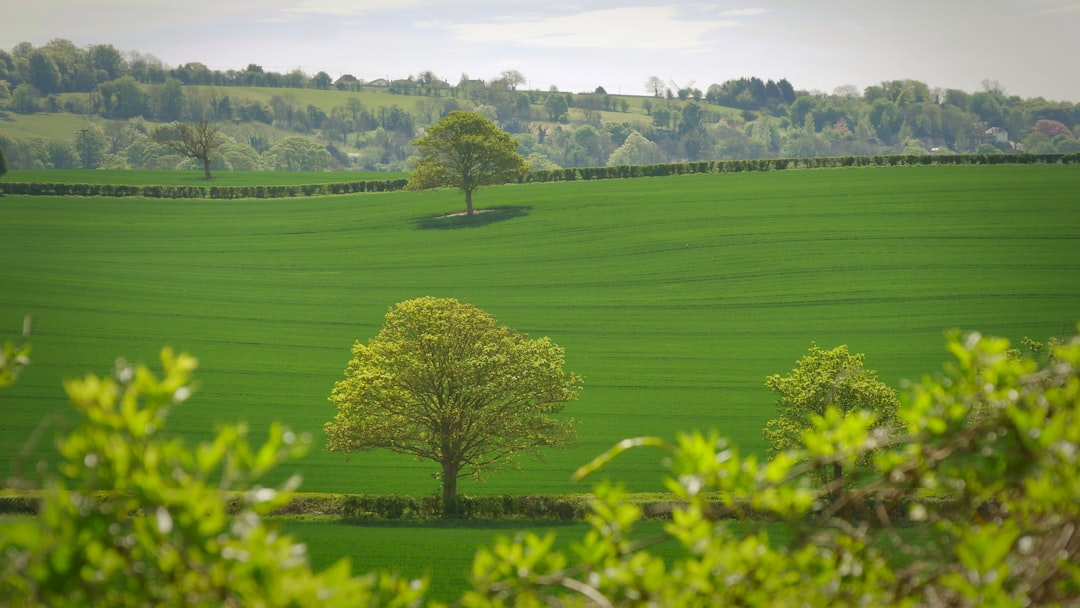Unveiling the Secrets of Anise Plant Care

Edible gardening is a rewarding endeavor, and among the many herbs you can cultivate, the anise plant stands out for its unique flavor and versatility. In this guide, we'll delve into the essential aspects of caring for an anise plant, from planting to harvesting its flavorful seeds and leaves.
Understanding the Anise Plant
Anise, scientifically known as Pimpinella anisum, is an annual herb that belongs to the Apiaceae family. It is native to the eastern Mediterranean region and Southwest Asia. The plant grows up to 2 - 3 feet tall and features delicate, feathery leaves and small white flowers that bloom in umbels. The seeds of the anise plant are highly aromatic and have a sweet, licorice - like flavor, which is widely used in cooking, baking, and herbal teas.
Planting Anise
1. Choosing the Right Location: Anise thrives in full sun, so select a spot in your garden that receives at least 6 - 8 hours of direct sunlight per day. The soil should be well - drained, fertile, and have a pH between 6.0 and 7.0. If your soil is heavy clay, consider amending it with compost or sand to improve drainage.
2. Starting from Seeds: Anise is best grown from seeds, as it has a taproot that doesn't transplant well. Sow the seeds directly into the garden bed after the last frost date in your area. Scatter the seeds thinly on the soil surface and cover them with about 1/4 inch of soil. Keep the soil moist until the seeds germinate, which usually takes 10 - 14 days.
3. Spacing: Once the seedlings have emerged and are large enough to handle, thin them to a spacing of 8 - 12 inches apart. This allows the plants enough room to grow and develop properly.
Watering Anise
1. Regular Watering: Anise plants need regular watering, especially during dry spells. Keep the soil evenly moist but not waterlogged. Overwatering can lead to root rot, while underwatering can cause the plant to wilt and produce fewer seeds.
2. Watering Frequency: Water the plants deeply once or twice a week, depending on the weather conditions. In hot, dry weather, you may need to water more frequently. Use a soaker hose or drip irrigation to water at the base of the plants, avoiding wetting the foliage, which can lead to fungal diseases.
Fertilizing Anise
1. Initial Fertilization: Before planting, incorporate a balanced, slow - release fertilizer into the soil according to the package instructions. This provides the plants with the necessary nutrients for healthy growth.
2. Additional Feeding: As the plants grow, you can side - dress them with a light application of compost or a nitrogen - rich fertilizer every 4 - 6 weeks. However, be careful not to over - fertilize, as this can result in excessive foliage growth at the expense of seed production.
Controlling Pests and Diseases
1. Pests: Anise plants are relatively pest - resistant, but they can be susceptible to aphids, spider mites, and whiteflies. You can control these pests by spraying the plants with a strong stream of water or using insecticidal soap or neem oil. Ladybugs and lacewings are natural predators of these pests, so encourage them to visit your garden by planting companion plants such as dill and yarrow.
2. Diseases: The main diseases that affect anise plants are powdery mildew and root rot. To prevent powdery mildew, ensure good air circulation around the plants by proper spacing and pruning. Avoid overhead watering, as this can create a humid environment that favors the development of the disease. For root rot, make sure the soil is well - drained and don't overwater the plants.
Harvesting Anise
1. Harvesting Leaves: You can start harvesting the leaves of the anise plant once it has reached a height of about 6 - 8 inches. Simply snip off the leaves as needed, using sharp scissors or pruning shears. The leaves can be used fresh in salads, soups, and sauces, or dried for later use.
2. Harvesting Seeds: The seeds of the anise plant are ready for harvest when the flower heads turn brown and dry. Cut the flower heads off the plant and place them in a paper bag. Hang the bag upside down in a warm, dry, and well - ventilated area. As the flower heads continue to dry, the seeds will fall into the bag. Once the seeds have been collected, store them in an airtight container in a cool, dark place.
In conclusion, caring for an anise plant is a relatively straightforward process that can yield delicious and aromatic seeds and leaves. By following these tips on planting, watering, fertilizing, pest and disease control, and harvesting, you can enjoy a bountiful harvest of this wonderful herb in your own edible garden.